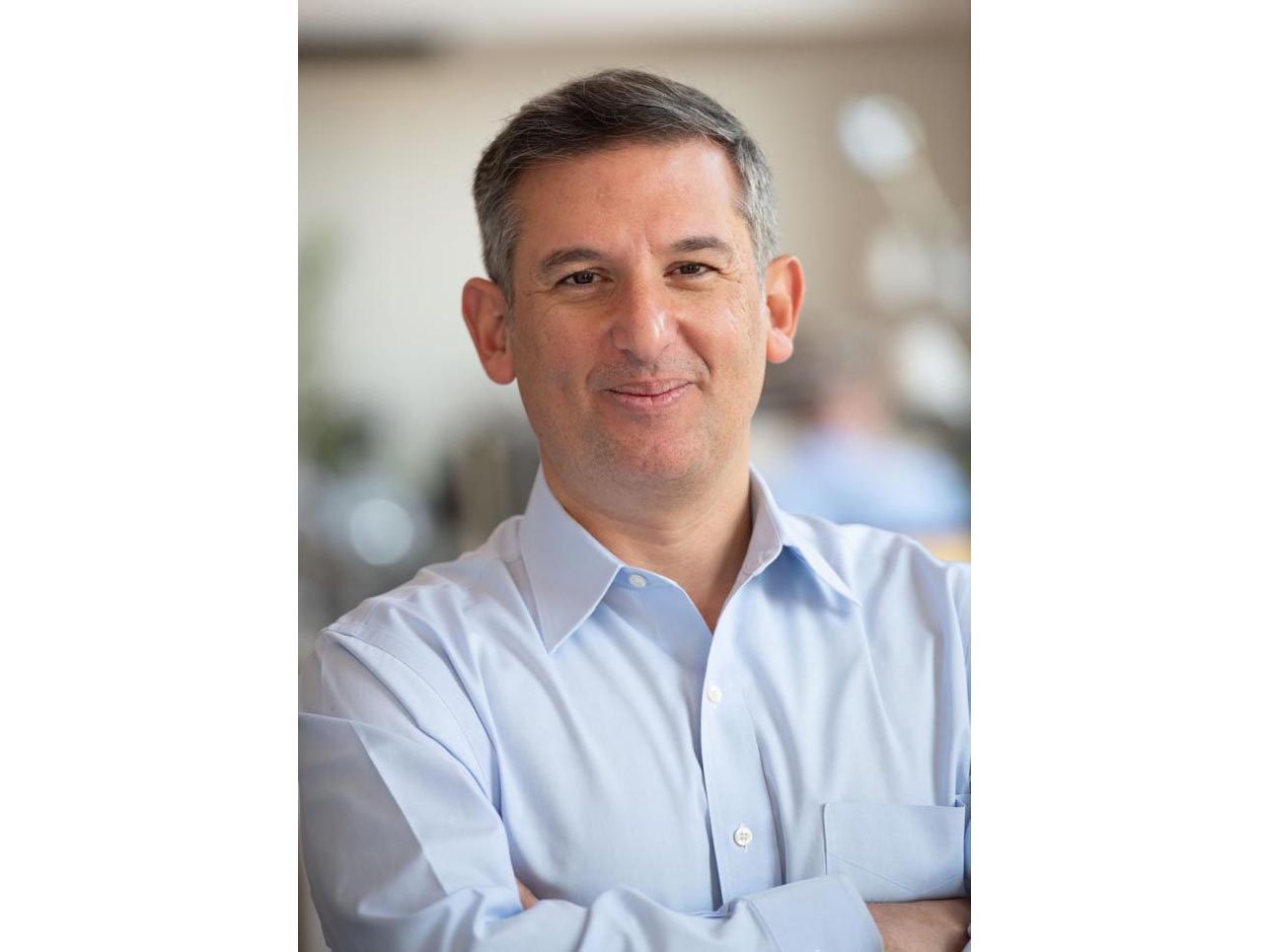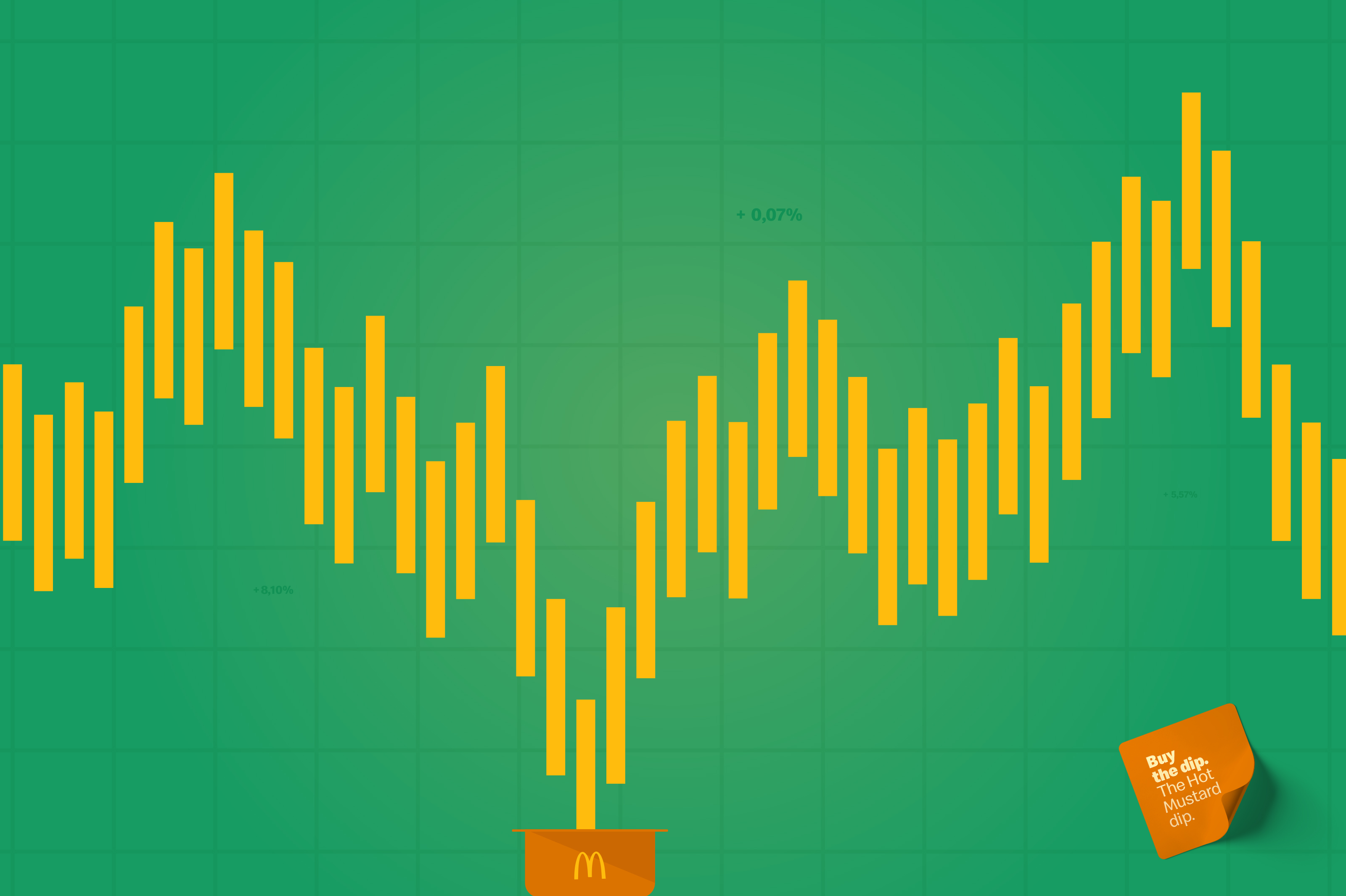News - Advertising
Ramadan in Numbers: Unpacking Key Viewership, Streaming and Advertising Insights
by Elie Aoun
April 10, 2024
.jpg) Advertisement
AdvertisementThe holy month has always held special meaning in the MENA region, not only for its religious significance but also from an advertising expenditure perspective.
Ramadan has come to be known over the years as the TV month par excellence, notably in the GCC, where families typically gather around the screen before, during and after Iftar to catch up on their favorite shows and specials. Most of the region’s TV production is reserved for Ramadan, ensuing fierce competition among TV stations to secure the rights to top dramas and tailor their advertising and communication around them.
Given that most of these shows are produced exclusively for the occasion and tailored to its duration, TV viewership rises to record highs every Ramadan, and so does the time spent watching television. In the UAE, the average time spent watching TV during Ramadan is up to 5.01 hours, almost two hours longer than the 3.04-hour average for the rest of the year. Viewership also varies between genders, increasing from 3.12 hours of TV outside Ramadan to 4.44 during it for men and from 2.48 to 3.6 for women.
In KSA, the average time spent watching TV during Ramadan for both male and female viewers totals a whopping 5.20 hours. As a result of all this time spent facing the small screen, advertising expenditures are sent soaring. Some brands even go on to pour the entirety of their ad spend into Ramadan. They lie dormant for most of the year then wake up around the holy month to release all their budgets.
With the exponential rise of digital and the shift in consumer behaviour, digital media has managed to dethrone television from its Ramadan reign across the years. People tend to spend more on food, clothing among others during the holy month and brands want to have a share of this increase in purchasing.
Let us delve into the major changes from a digital perspective. According to Ramadan 2023 Ipsos data covering GCC countries with main focus on KSA and UAE, many people in the UAE turned to subscription video-on-demand (SVOD & AVOD) services to access on-demand content, with 69% of viewers streaming online content on a daily basis. This is a very important number, especially when big networks like MBC started broadcasting their premium content on their OTT platforms, moving from an FTA model to a subscription model.
En par with the previous Ramadan, SVOD penetration reached 82% of the respondents a. Netflix took the lead with 9 in 10 respondents being aware of it. Amazon Prime came in second with 92% awareness. The latter along with YouTube Premium and Shahid VIP took over the SVOD usage and subscription scene versus competitors. Viewership of VOD platforms was highest in the post-iftar to late night period, namely between 7 PM and 2 AM, with around half of VOD streamers tuning in after iftar.
As previously mentioned, families tend to come together more frequently during Ramadan than any other month of the year. This is often reflected in increased viewership of video-on-demand content with the family especially during iftar and after iftar. Solo viewing, on the other hand, is more common during early morning hours and Suhoor, when families are not gathered just yet.
People in the UAE were subscribed to an average of 2.5 platforms during Ramadan 2023. One-fifth of SVOD users stated that they spent more money on streaming platforms and subscriptions during Ramadan compared to other months of the year while 41% of them said to have spent the same amount, with the most common payment method being credit/debit cards.
More than half of paid video streaming platform users tend to resort to these mediums for the comfort of watching content anywhere at any time and 2 in 4 do so in order not to be exposed to ad breaks. Meanwhile, 3 out of 4 respondents who stream online content watch more than one episode of the same TV show in one session, with around 60% of them binge-watching on a daily basis for around 2 hours and 42 minutes.
A total of 62% of respondents accessed online content during Ramadan from their smartphones. Most agreed that during Ramadan, they try to consume different types of content than what they usually do across the rest of the year, with Arabic series and religious content being the most consumed
When it comes to music streaming platforms, YouTube Music and Spotify are the most known and used platforms in the UAE, followed by Apple Music. The majority of music streamers listened to Al Quran Al Kareem and prayers, with half of music streamers stating that that their music streaming habits decreased during Ramadan due to religious reasons.
In KSA, Ramadan 2023 data shows that around 80% of people in the Kingdom have resorted to SVOD services to consume on-demand content. Both Shahid VIP and Netflix came on top with 88% of total awareness across the country, followed by YouTube Premium and Amazon Prime with 84% and 73% total awareness respectively. Netflix had the highest number of KSA subscribers during Ramadan (52% of the sample), with Shahid VIP following in second place.
The viewership of VOD platforms in KSA is most significant during post-iftar time (7 PM) till late night (2 AM) as around 4 out of 10 VOD streamers tend to view content during this period. Viewers tend to watch SVOD content alone during the morning hours whilst companionship in viewership witnesses is more common during Iftar and post-Iftar hours.
A total of 27% of paid users on VOD platforms said they spent more on streaming platforms and subscriptions during Ramadan compared to other months of the year, with an average of three platform subscriptions per user, while 29% noted no difference in streaming spending. Meanwhile, 72% of video streaming subscribers tend to binge-watch during Ramadan, with 67% watching more than one episode per day. The majority of binge-watchers tend to spend around 2 to 3 hours watching content.
Around 7 out of 10 people in KSA who accessed content online during Ramadan did so from their smartphone and more than half used their smart TV. A majority of platform users mostly watch Arabic series and religious content during Ramadan, with woman being the top viewers. Out of KSA respondents, 4 in 10 believe video-on-demand content is essential to complete the viewing experience during Ramadan. Despite the wide range of content that VODs offer viewers, 37% said that their linear TV viewership will increase post Ramadan.
In terms of music streaming platforms, YouTube Music and Anghami lead the bunch in KSA with the highest total awareness, while Anghami and Spotify took the lead when it comes to usage. Al Quran Al Kareem (44%) and prayers occupied the top choices for content consumed on music streaming platforms, with 57% of the music streamers stating their music streaming habits decreased during Ramadan due to religious reasons.
Coming back to advertising expenditures, a lot of offers happen during Ramadan, prompting consumers to hold their purchases until then to benefit from such Ramadan specials, with the most active sectors being automotive, telcos and banks among others.
Across both TV and Digital, Ipsos estimates that around 35 to 40% of the total ad spend of the year happens during Ramadan, leaving between 60 and 65% of total budgets to the remaining months.
A total of 40% of total active brands across the year are active during Ramadan.
A noteworthy example of the importance of Ramadan from an advertising expenditures perspective is reflected in the sector-specific breakdown below, which often applies to other sectors.
The telco sector is the most active during Ramadan and this table offers a comparison between how much top telco brands in GCC countries and Egypt spend on average during the rest of the year versus Ramadan:
.png)
The showcased numbers are of course based on rate cards. If you focus on the percentages, you will see how most telco brands in the designated region spend over 90% of their yearly budget during Ramadan, which comes to reiterate the supreme importance it holds as the biggest opportunity window for advertisers to reach their target audiences.



.jpg)





.jpg)




